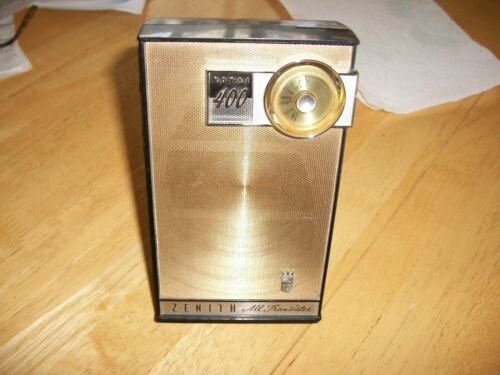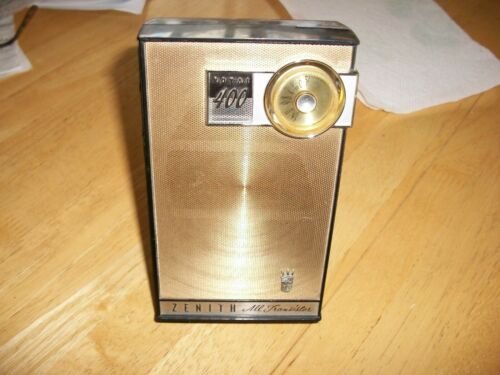Not at all.
I think it’s important to share information for those who might be newer to the aftermarket audio world.
I’ll clarify my statements as they seem to be unclear.
A typical door speaker, 6.5, 5.75, 7 inch, etc. is not designed to perform as a subwoofer. It varies by brand and quality of speaker, but in general their Fs (resonant frequency) isn’t the same as their frequency response. For example, my 6.5 inch components have a frequency response or 40-6.5k. Their resonant frequency, however, is 65, which means a reasonable 24 decibel step off at 125HZ was an excellent starting point for tuning.
I don’t know of anyone who has any sort of experience in audio who would be tuning midrange speakers to play in a subwoofer range, do you? Sure, even crossed over, they’ll produce some lows, but that’s more to help smooth the transition from the mids to the sub. Now certainly, I have seen and personally listened to systems built and tuned with 6 and even 8 inch door subs that sounded fantastic, and one of the setups were free air, but in these scenarios they weren’t midrange door speakers. There were midrange speakers dedicated to that task.
the stock rear coaxial speakers on the Ford Raptors are tuned to cover low mid bass right up to a fairly brisk, crossed over tweeter. I’ve personally analyzed the signal using pink noise.
So no, this isn’t a great signal to use for a sub, but with a very good dsp you can straighten out a good portion of the signal and compensate for roll off. There is no point in doing that, however, with options like Amp, maestro, Etc.
The factory experience is tuned, or rather detuned, to try to be accommodating to passengers as well as the driver and focuses less on the sound stage, as evidenced by how poorly it sounds.
As an audio professional, Are you building systems with midrange speakers, standing in for subwoofers? Do you build and install systems as well as tune them or do you just sell equipment? There is a place for everyone, and this transparency lets people
Know where you’re coming from and what you can offer them. If you do build and tune systems as well, this would be good information to put out, as there might be people local to you looking for a soup to nuts solution.
Guy are you trying to educate me on audio lol? I'm very aware of what bass roll off is. Most 6.5" speakers will certainly play lower than 100hz. I'm not sure where you get your information. I'm not going to argue this but would like to see where you are coming up with said argument.



